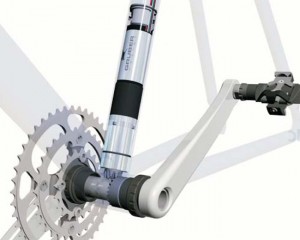Welcome to WikiBoulder. This site serves as a communal guidebook site for rock climbers around the world. WikiBoulder allows you to create or edit guidebooks with its unpantented super cool guidebook creator. You are also free to view the guidebooks others have created or edited.
During a trip to Font in March of 2010 a discussion began around the dinner table regarding quality ratings for boulder problems. I'm sure this discussion has been repeated ad nauseam by many serious boulderers. In fact, ours was repeated ad nauseam around the dinner table every night for way too long. One night you'd be sick of it, and the next you'd find yourself arguing the nuances of what 'obvious start' meant. Eventually we did come up with a purely objective system, but once we began naming some decent, but hardly 5 star problems that fit all the criteria, we knew it wasn't going to work. Well, I knew it wasn't going to work; others had hope. I figured the best system would be based on mass consensus, and being a web developer, began formulating a possible website to capture all the data.
At this point the concept began to fork. On one side sat the quality rating system, but with this became a need to define all the problems to rate. A guidebook site seemed the most logical answer. Like the rating system, I knew it had to be open to mass input; I wasn't going to enter in all that info. Luckily I had a background of dealing with visual data creation on the web and an idea of what developing a topo creator would entail.
ABOUT
"While I was churning through the guidebook piece of it, my Font companions began realizing how far you could take the quality rating system. Once a user had rated enough problems, a picture of the style of boulder problem that appealed to them would develop. Using this info the site could begin recommending problems and areas that would appeal to the user.
Back from my trip, I immediately began to throw myself into the project. At the time I still had a job, but as that slowly began to fall apart, I found myself putting more and more time into WikiBoulder. Now I'm working on WikiBoulder full time and want to have it in a stable state by the end of July.
I hope everyone finds this thing useful and any recommendations or comments are much appreciated.
– Sundev
sundev@wikiboulder.com"



